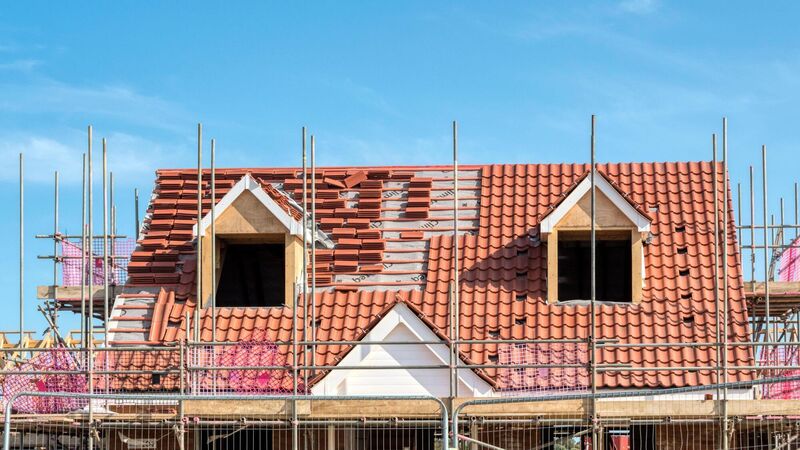House prices soar further amid lack of supply

The median price of a dwelling purchased in the period was €335,000, while the at lower end of this spectrum a house was bought for €169,000 in Longford. The highest median price was €624,999 in Dún Laoghaire-Rathdown.
Home affordability in the Republic was stretched again in April as residential property prices soared further.
The national price of a home was up almost 8% in annual terms, according to figures from the Central Statistics Office (CSO).
Chairperson of Irish Mortgage Advisors Trevor Grant suggested that first-time buyers in particular are being backed into a corner with eye-watering house prices as while the supply of housing is increasing amid demand, this growth is fuelling house price inflation.
“The shortage of new homes available to private buyers means many first-time buyers are bidding against trader-uppers/movers, which in turn is driving up second-hand prices,” he said.
House prices rose the most in this period in Dublin, climbing 8.3%, and prices outside the capital were up by 7.6%.
The figures also showed that buyers continue to enter mortgage contracts despite eye-watering prices.
In April, 3,572 dwelling purchases by households at market prices were filed with the Revenue Commissioners, up by 9.5% when compared with the 3,262 purchases in April 2023.
The median price of a dwelling purchased in the period was €335,000, while the at lower end of this spectrum a house was bought for €169,000 in Longford. The highest median price was €624,999 in Dún Laoghaire-Rathdown.
Rachel McGovern, director of financial services at Brokers Ireland called for “a major ramp up in supply to cater for a rapidly increased population and to taper house price increases.” “This will require more imaginative, comprehensive and whole of Government solutions, something we have not seen while the housing crisis has deepened over the last decade,” she said.
The CSO figures confirm expectations in a separate report by MyHome.ie published earlier this year that signalled house price inflation would gain further momentum.
A chronic shortage of housing coupled with a growing working population has been a major driver of house prices however moves by the Central Bank may have also fuelled inflation in the residential market.
In the first six months of 2023, 25% of first-time buyers had loan to income ratios just below the regulatory threshold, versus just 6% before the Central Bank loosened its mortgage lending rules.
Central Bank governor Gabriel Makhlouf told reporters at the time that the changes to its mortgage lending limits could lead to a "modest" rise in house prices.
The Economic and Social Research Institute (ESRI) criticised the decision my the financial regulator to ease lending rules and said it appears changes in credit standards over recent years are “once again” leading to residential prices ticking upwards.
The ESRI said the decision made by the financial regulator more than two years ago to ease mortgage measures — when the upper limit on the loan to income ratio was raised from 3.5 to 4 for first-time buyers — was “premature”.
Meanwhile, a report by Davy Stockbrokers suggested Government’s updated housing targets may not be sufficient to support foreign direct investment in the Republic and job growth this year.
In its economic report, Davy stockbrokers said just under 85,000 residential units a year need to be delivered annually to address Ireland’s per-adult housing shortfall compared to other European countries.
This is well above the Government’s delivery target of around 50,000 homes this year and almost three times higher than the 2023 level of completions.
Davy said it expects a pick-up in multinational job creation in this year and that “threats to competitiveness must be tackled to avoid a slowdown” in economic growth and employment levels.











